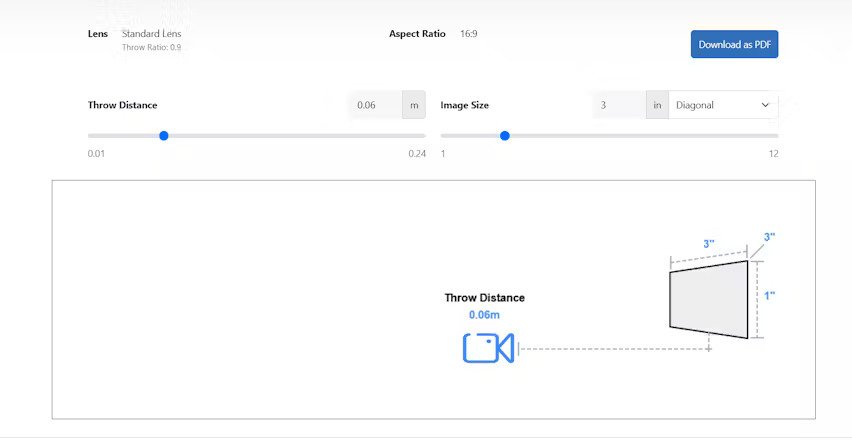People who require transportation to healthcare facilities like as hospitals, clinics, treatment centers, and the like can take advantage of the Non-Emergency Medical Transportation (NEMT) system. These businesses transport customers efficiently using fleets of cars and employees who use cutting-edge technology.
Essential components of any transportation service are routing and dispatching. Based on the present traffic circumstances and other factors, they are utilized to ascertain the most efficient route between the pickup and drop-off locations.
Vehicles cut down on gas use, travel time, and driver and passenger stress via well-planned routes. It lessens the likelihood of car problems caused by long periods of driving.
How Does Software Route Planning Work?
Route planning software uses advanced algorithms and real-time data to determine the most efficient path for vehicles to follow. At its core, this type of software is designed to analyze various variables like distance, traffic conditions, delivery time windows, fuel consumption, road types, and vehicle specifications.
The process begins by inputting multiple destinations or delivery points. The system then processes this data, evaluating the shortest or fastest possible route using AI, geolocation services, and machine learning models. These smart technologies not only determine the most efficient sequence of stops but also dynamically adjust based on changing traffic patterns, road closures, or accidents. The result is a route that minimizes travel time, reduces fuel costs, and improves delivery performance.
Moreover, route planning software helps in managing driver availability and compliance with regulations like Hours of Service (HOS), ensuring safety and operational efficiency. It transforms static route planning into a dynamic process that adapts to real-time variables.
The Technology Behind Routing Software
Routing software operates on a mix of intelligent technologies that make it highly responsive and scalable. The core technologies include:
- Geographic Information Systems (GIS): GIS technology provides spatial mapping data that allows the software to map out routes accurately. It identifies road types, infrastructure, and terrain, helping tailor routes to specific vehicle types or cargo requirements.
- Global Positioning System (GPS): GPS integration enables real-time tracking and route adjustment. It allows the software to know the exact location of vehicles at all times, helping with rerouting in case of congestion or unexpected delays.
- Artificial Intelligence (AI) and Machine Learning (ML): These technologies analyze historical and real-time data to optimize routes continually. AI helps forecast traffic trends, delivery windows, and even maintenance schedules for vehicles.
- Big Data Analytics: With access to massive data sets, route planning software can identify patterns in traffic, delivery times, and driver behavior to make smarter, faster routing decisions.
- Cloud Computing: Cloud technology ensures that the software is accessible remotely and in real-time, facilitating seamless communication between dispatchers, drivers, and clients.
- APIs and Integration: Modern route planning tools integrate with other logistics and ERP systems, ensuring that order data, warehouse schedules, and customer details are always in sync.
All these technologies work together to create a comprehensive routing system that’s not only smart but also scalable and future-ready.
Features in Route Planning Software
Modern route planning software comes packed with features tailored for efficient and automated transport operations:
- Multi-Stop Route Optimization: This feature calculates the best sequence of stops for multiple deliveries, saving time and fuel.
- Real-Time Traffic Monitoring: The system considers current traffic conditions and automatically updates the route if there’s congestion or roadblocks.
- Driver Management: Allows dispatchers to monitor drivers’ working hours, compliance with driving regulations, and overall performance.
- Proof of Delivery (POD): Enables capturing electronic signatures, photos, or timestamps once a delivery is completed, improving accountability.
- ETA Notifications: Sends real-time updates to customers about estimated time of arrival, enhancing transparency and customer satisfaction.
- Geofencing Alerts: Triggers notifications when a vehicle enters or exits predefined zones, useful for tracking arrivals and departures.
- Custom Route Preferences: Allows businesses to set route constraints like avoiding toll roads or preferring highways, ensuring operational cost control.
- Fleet Performance Analytics: Generates detailed reports on route efficiency, driver behavior, vehicle usage, and more for continuous improvement.
- Integration with Telematics and Logistics Systems: Ensures seamless data flow between different software tools and vehicle hardware.
These features collectively empower transport businesses to streamline their operations, cut costs, and improve delivery accuracy.
How Route Planning Software Helps Transport Businesses
- Reduced Operational Costs: Route optimization significantly reduces fuel consumption and vehicle wear and tear. Efficient planning also decreases overtime costs by minimizing unnecessary driving hours.
- Improved Delivery Timeliness: Real-time adjustments and intelligent routing ensure deliveries are made on time, reducing customer complaints and boosting reliability.
- Enhanced Driver Efficiency: By planning better routes and managing shifts, drivers face less stress and achieve higher productivity.
- Higher Customer Satisfaction: Accurate ETAs and real-time updates improve the customer experience and trust in the brand.
- Better Resource Management: Transport managers can allocate vehicles and drivers more efficiently, ensuring optimal use of resources.
- Regulatory Compliance: Tools for tracking driving hours and vehicle conditions help meet industry regulations, avoiding fines and ensuring safety.
- Scalability and Growth: As businesses grow, modern routing systems scale easily, handling more deliveries and geographic areas without compromising performance.
- Environmental Benefits: Fewer miles driven means a smaller carbon footprint, helping companies meet sustainability goals and appeal to eco-conscious consumers.
- Data-Driven Decisions: Analytics and reporting tools provide actionable insights that help businesses refine strategies and improve KPIs.
For any transport-focused logistics software development company, these outcomes highlight the essential role of route planning in modern supply chains.
Conclusion
Route planning software has evolved into a vital tool for transport and logistics businesses. It combines the power of AI, real-time tracking, and data analytics to provide smarter, more efficient operations. From cost savings to better customer experiences, the benefits are clear. Investing in route planning tools is no longer a luxury—it’s a necessity for staying competitive and delivering excellence in the modern logistics landscape.














Leave a Reply